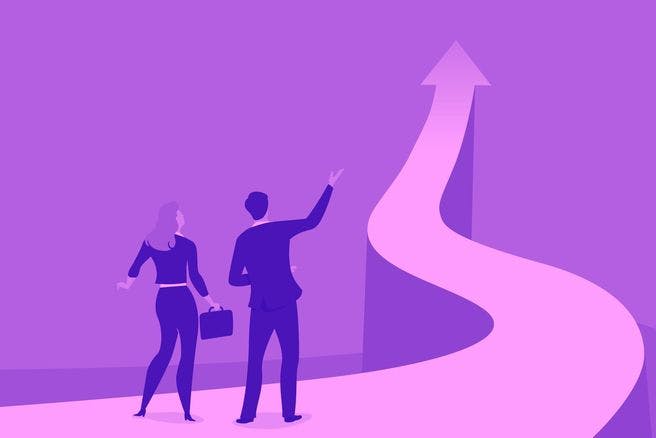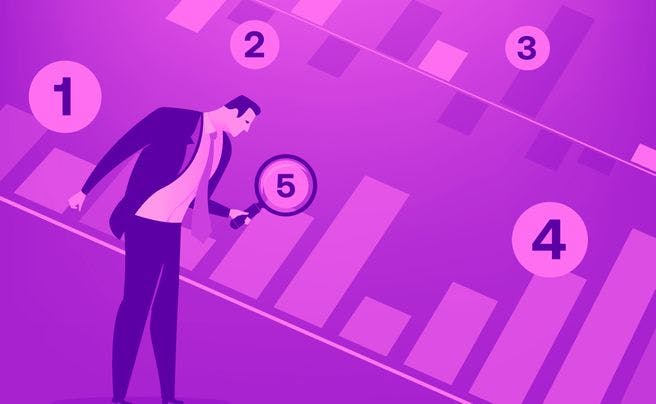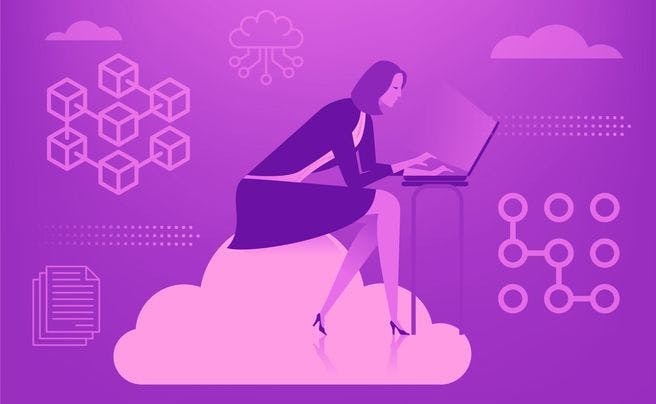Shaping the Buying Experience
Let’s run with the vacation planning example and pretend that you and your family or friends are taking a trip to a premiere theme park. Most theme parks are specially engineered to excite you throughout the entire experience. Even though there may be highs and lows within the experience, there is one thing that makes visiting the theme park stand out in your memory: the lasting impression of magic. Each time you think about going back to the theme park, the happiness in you starts to build, and you can’t wait to be there again. The overall ease and excitement of the experience keeps you coming back for more.
This, of course, is a B2C buying experience, whereas the B2B buying experience is a journey anyone experiences who procures goods and services on behalf of their company. For anyone in procurement, you know firsthand that it typically leaves you with anything but a magical experience.
Customer Experience vs. Buying Experience
The B2B buying experience will never be quite the same as planning a theme park vacation, but there are concrete ways to improve and transform it. First, to clarify, the buying experience is not the same as the customer experience. The customer experience is a seller’s perspective on how they can make each touch point or interaction with customers a positive one. The buying experience is a buyer’s perspective on how they can purchase goods or services as easily as possible. The differentiating factor between the two concepts is that buyers “spend only 17% of that time meeting with potential suppliers,” according to Gartner. That means the customer experience is only a fraction of a much more comprehensive process that makes up the buying experience.
Drawing back to the theme park example, your time at the park is only part of the overall experience. Your journey through the experience starts when you have the desire to go and start making it happen. The journey may look like this:
Plan your trip
Travel to your destination
Spend a few days in the parks
Head back home
Reflect on the trip
B2B buying is no different. It can be a complex, messy journey from start to finish. The time it takes to complete ranges from weeks to months depending on the complexity and dollar value. The higher the dollar value, the more complex the overall process becomes. So, what does the buying experience look like?
What Is “Looping”?
The buying experience is a 5-stage journey that all companies go through — regardless of how much is being spent — and it sets the tone for how the vendor relationship will evolve. According to Gartner, “B2B buying doesn’t play out in any kind of predictable, linear order. Instead, [buyers] engage in what one might call ‘looping’ across a typical B2B purchase.” It’s like untangling a ball of yarn, where you are weaving back and forth through the different stages to get to the end goal.
 Understanding each stage and what activities take place will show why the “looping” effect happens.
Understanding each stage and what activities take place will show why the “looping” effect happens.
Specification: The first stage in the buying experience is understanding what your needs are and what you may think it will take to solve it. This could be listing out your requirements or use cases to help frame your problem in a way that will allow people to understand your needs. At this stage, you develop assumptions that you believe will solve your problem, when in reality, you don’t (and won’t) know until you have more information.
Selection: This stage is all about identifying who can potentially fulfill your specifications. Buyers sift through and distill a lot of information through market research or details received from vendors. This allows you to know who can address your specifications. The selection stage is where you engage with vendors and set the tone for the relationship moving forward. This stage also helps buyers to refine their requirements and may cause you to loop back to the specifications stage. Are you sensing a pattern yet?
Negotiation: The third stage involves discussions with internal stakeholders focused on budget constraints, timing, etc., and with external vendors to negotiate pricing, commercial terms, etc. In this stage, your selection decision may change as you progress through the negotiation stage because you find out more information about how well-defined your specifications are, or determine your selection process needs to be revisited. This may cause you to loop back to the first and/or second stage.
Execution: The fourth stage, Execution, is finalizing which vendor you’ll move forward with based on the negotiated terms. This includes finalizing and executing the contracts and issuing the purchase orders, as well as receiving the products or services and implementing them.
Evaluation: The fifth and final stage is reflecting on how the first four stages went, but also examining how well the vendor’s product or service solved your problem and whether it fully aligned with your specifications. This is usually done through surveys while continually mitigating compliance and risk. This stage also determines if you want to continue using that vendor and its solution(s) moving forward.
Final Thoughts
B2B buying is a comprehensive journey fraught with complexity and inefficiencies, and it encompasses much more than the customer experience does. It’s a process that, when done effectively, can be painless and efficient. Once you understand that looping through the five stages is necessary, the experience becomes more welcomed because the expectations are lowered and the end goal is not lost in translation.
It might not be quite as fun as planning your next vacation, but you can still try to make it more enjoyable and streamlined as you go.




